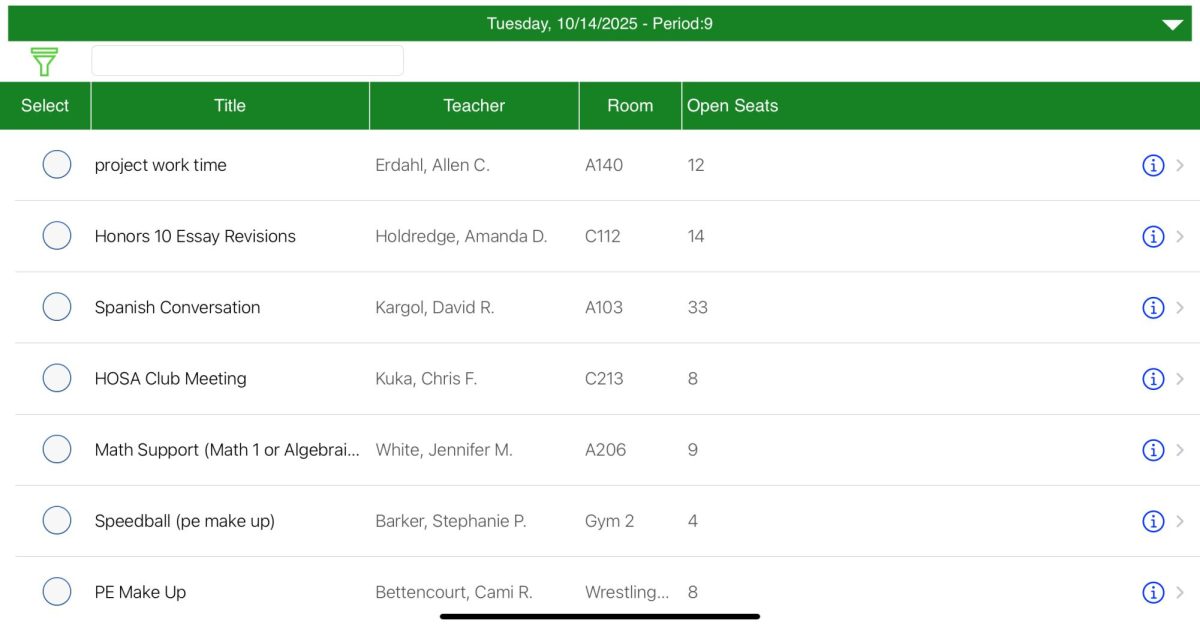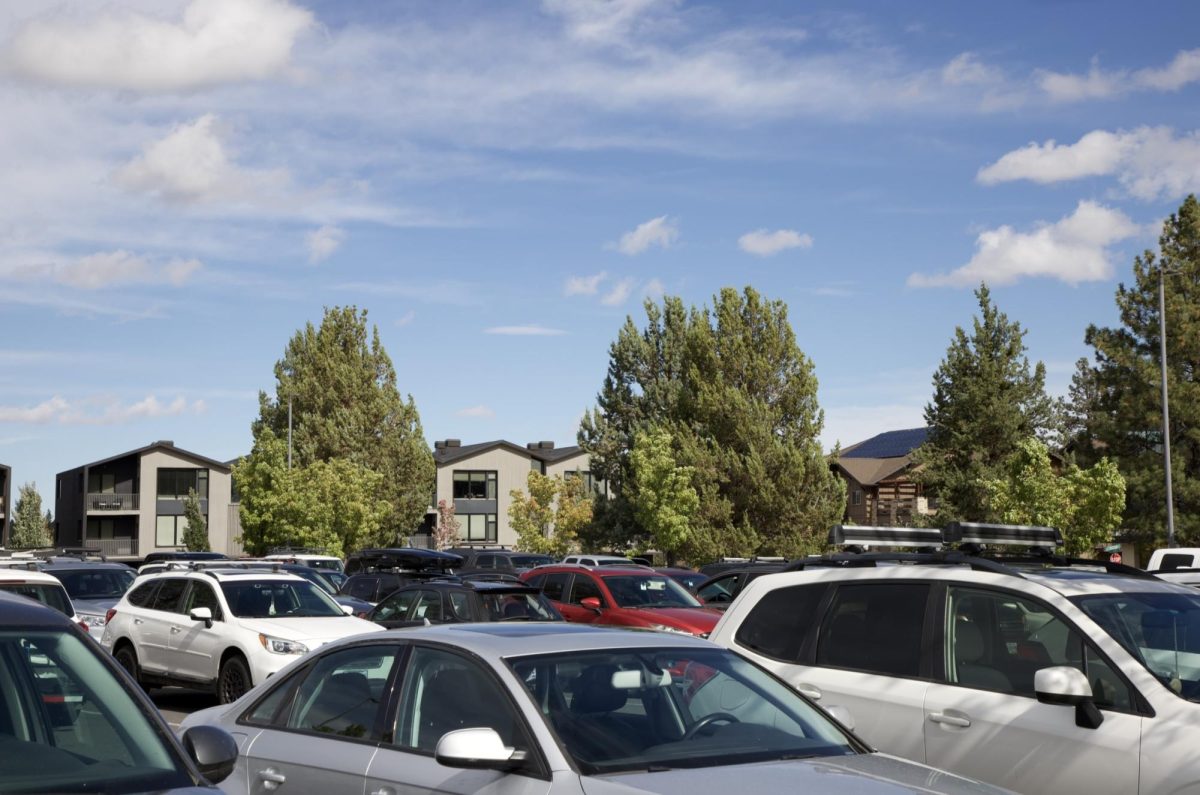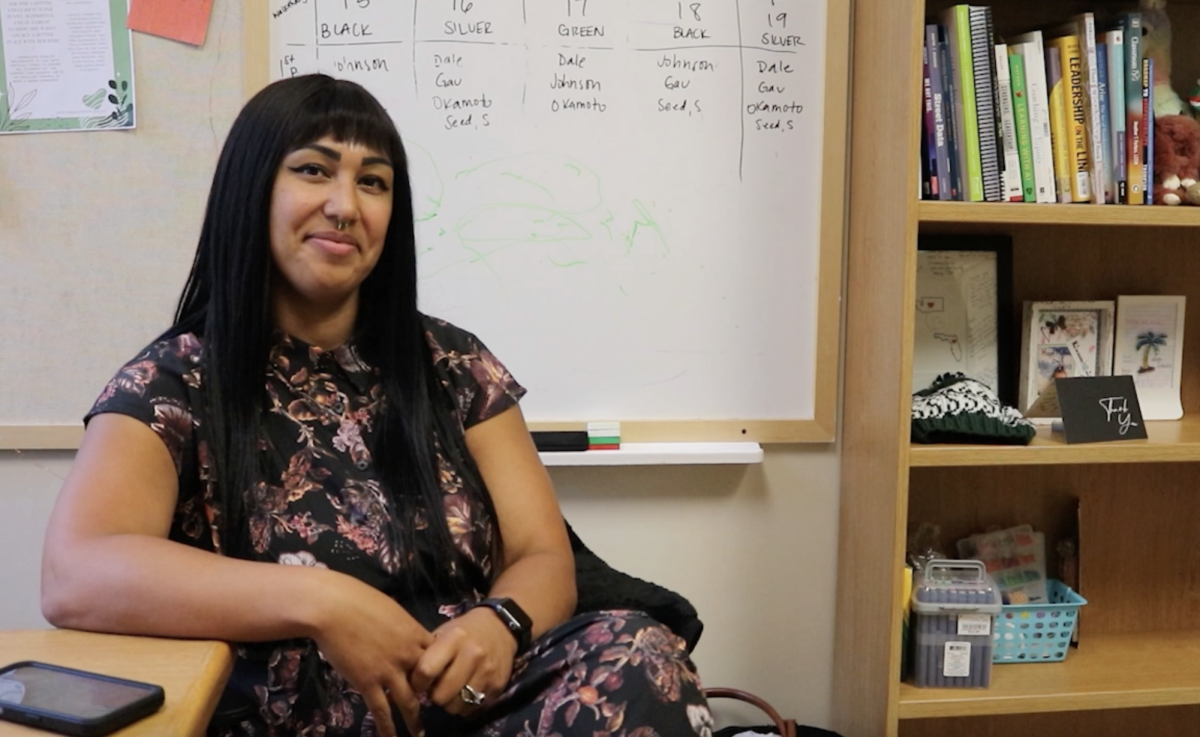Less School and More Learning
Thirty four kids sit next to each other with burning eyes and dreary gazes tiredly scanning worksheets in the same methodical fashion. School has kept the same general structure for years: you step into the classroom, stare at the whiteboard while you “learn” something for a few hours until you’re freed from a jail of mathematical equations and literary devices.
Covid-19 has left the world in shambles, but one silver lining is the potential for a new approach to our education system. For years, students have advocated for shorter periods, longer lunches, and a revised schedule to improve efficiency. Covid-19 has single-handedly proven to administrators, students and parents that the shift from stagnant dreary school days is possible. With students adapting to five different schedules over the span of a single school year, any arguments regarding the difficulty of instituting a new schedule have been disproven.
Our first schedule was totally virtual, consisting of Webex calls. With the hybrid schedule, students attended school twice a week with a Webex every Wednesday.
“I liked the freedom and flexibility that we had with the hybrid schedule,” said senior JJ Mitchell.
While the hybrid schedule gave students a more relaxed lifestyle, many students also felt the two days with no school only exaggerated miscommunication in an already confusing environment.
However, the full in person schedule left students overwhelmed with the sudden workload increase and 72 minute classes,
“I thought it was more difficult when we had longer classes. Homework took hours to finish,” said sophomore Harrison Hobin, who is taking AP World History this year.
Hobin’s frustration regarding AP classes was echoed by other AP students such as junior Erica Mortland who took 2 APs.
“I went from not speaking spanish for months to having an AP test in three weeks where I had to be fluent,” said Mortland.
AP students such as Mortland and Hobin favor the current schedule over hybrid and full in since necessary lectures were often omitted from instruction and homework loads intensified.
The current schedule allows students to learn with a level of consistency, but without sitting in a class for an extra twenty minutes twiddling their thumbs.
“Now we just read, take our notes, and get a quick lesson,” Hobin said. “There’s not as much homework and we just do it in class.”
The current shortened period schedule seems to work the best among both students and teachers.
“Hybrid was too relaxed and kids stopped showing up. There were some kids who just didn’t come to class at all,” said Spanish teacher Holly Graham. “I like that with this schedule, I get to see my students everyday.”
The latest plan for the 2021-2022 school year is to return to the pre-pandemic schedule, where students must balance extracurriculars, sleep, and homework with 72 minute class periods and a 3:45 release time.
“I like our current schedule. I felt like the 60 minute periods were too long and I like that students can reach out to me with ipsi time” said English teacher Katie Holdridge.
More importantly reverting back to full in person instruction with longer periods eliminates students time to take a breather in between busy days. When the full schedule was implemented students participating in sports and extracurriculars would run from one activity to the next with no regard for a work life balance leaving kids drained and worn out.
There’s no doubt that changing a school schedule has varying opinions and guidelines to consider when crafting it, but the pandemic has shown that it can be done.
Students don’t need another complex schedule to add to the already confusing future year. With school beginning in only 3 short months, the smartest approach for the district would be to simply alter aspects of the current schedule. This means the time needed to create a new schedule has decreased significantly, putting less work on the district while pleasing students.
Balancing jobs, sports, clubs and sleep with a long day of school is overwhelming and inefficient. If the district makes progress towards a more relaxed school culture starting with shorter periods, Bend can help start the movement towards schools valuing a more balanced work-life existence.



































